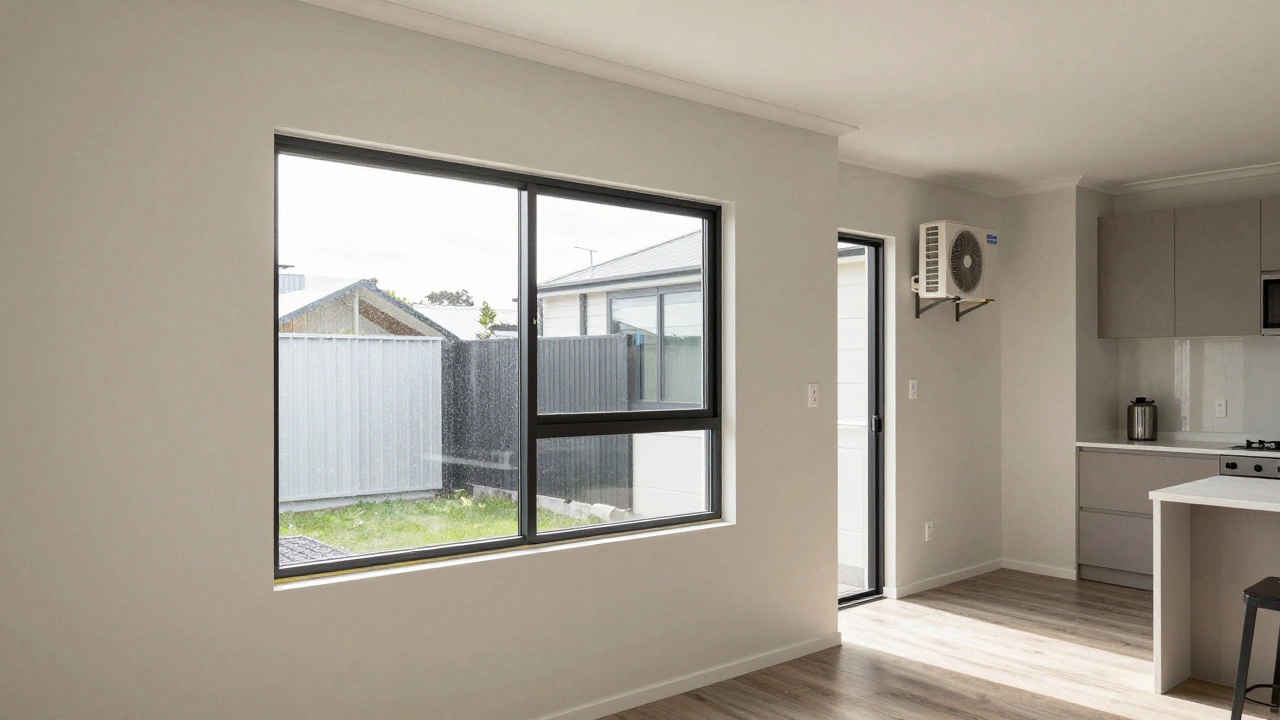New Build Essentials: A Practical Guide for Homeowners
Thinking about a new build? You’re not alone. Lots of people want a fresh home that fits their style and budget. The key is to keep things simple, stay organised, and ask the right questions early on.
First off, set a clear goal. Do you want a single‑storey family house, a double‑storey extension, or something totally custom? Knowing the end shape helps you decide how much land you need, what permissions are required, and which trades you’ll hire.
Planning Your New Build
Start with a solid plan. Sketch a rough layout or use a free online tool to visualise rooms, windows and doors. Once you have a layout, check the local planning office for any restrictions – height limits, setbacks, or design codes. Getting permission early saves you headaches later.
Next, draft a realistic budget. Break it down into land cost, design fees, construction, fixtures, and a contingency (usually 10‑15%). Many homeowners forget the contingency and end up stressed when surprise costs appear.
Hiring the right professionals matters. A qualified architect or design‑and‑build firm can turn your sketches into detailed drawings that meet regulations. When you interview builders, ask for recent references, proof of insurance, and a written quote that lists every item.
Choosing Materials and Managing Costs
Materials drive both look and price. For walls, timber frame is common and cost‑effective for UK homes, but concrete blocks offer extra strength if your plot has tricky soil. Roofs can be slate, tile or modern metal – each has a different lifespan and price point. Compare at least three suppliers before you decide.
Energy efficiency is another area where you can save long‑term. Double‑glazed windows, good insulation and an efficient boiler add to the upfront cost but cut bills for years. Look for government grants or local schemes that help offset these upgrades.
Don’t forget the small stuff that adds up – door handles, lighting, plumbing fixtures. Shopping during sales or using bulk discounts can shave a few hundred pounds off the total.
During construction, keep a weekly log. Note what was done, any changes, and the cost impact. This habit makes it easier to spot overruns early and negotiate adjustments with the builder.
Finally, plan the handover. A thorough snagging walk (a checklist of unfinished or faulty items) ensures you get what you paid for. Get the builder to fix any issues before you sign off and make sure warranties are documented.
Building a new home is a big adventure, but with clear planning, a sensible budget, and the right team, you can avoid most pitfalls. Keep the lines of communication open, stay on top of paperwork, and enjoy watching your dream house take shape.
Ready to start? Grab a notebook, draft that layout, and reach out to a local architect today. The sooner you begin, the faster you’ll be relaxing in your brand‑new home.

What Is Included in a New Build? A Clear Breakdown of What You Get
Dec 1, 2025, Posted by Damon Blackwood
A new build includes structural framing, double-glazed windows, insulation, basic kitchen appliances, plumbing, electrical systems, and ventilation. But many finishes like window coverings, landscaping, and smart tech are extra. Know exactly what's included before you sign.
MORE
Can I Mount My TV on the Wall in a New Build? Everything Homeowners Should Know
Jul 21, 2025, Posted by Damon Blackwood
Curious about mounting your TV in a new build? Discover the facts, crucial precautions, and expert tips to safely add that sleek TV wall mount in your brand-new home.
MORE
New Build Meaning: What Counts as a 'New Build'?
Jun 16, 2025, Posted by Damon Blackwood
Wondering what 'new build' really means when you’re hunting for a property? This article covers exactly what a new build is, how it differs from older homes, and why it matters to buyers. Get the lowdown on the pros, possible pitfalls, and real-world tips for navigating the new build world. Whether you want to invest, buy your first home, or just stay informed, this guide has you covered. Real examples and practical advice make everything clear.
MORESEARCH HERE
Categories
TAGS
- foundation repair
- commercial construction
- construction
- new builds
- home improvement
- home renovation
- bathroom renovation
- construction materials
- home foundation
- renovation tips
- residential construction
- building types
- contractor
- foundation cracks
- home construction
- architectural services
- building codes
- construction differences
- home inspection
- kitchen installation